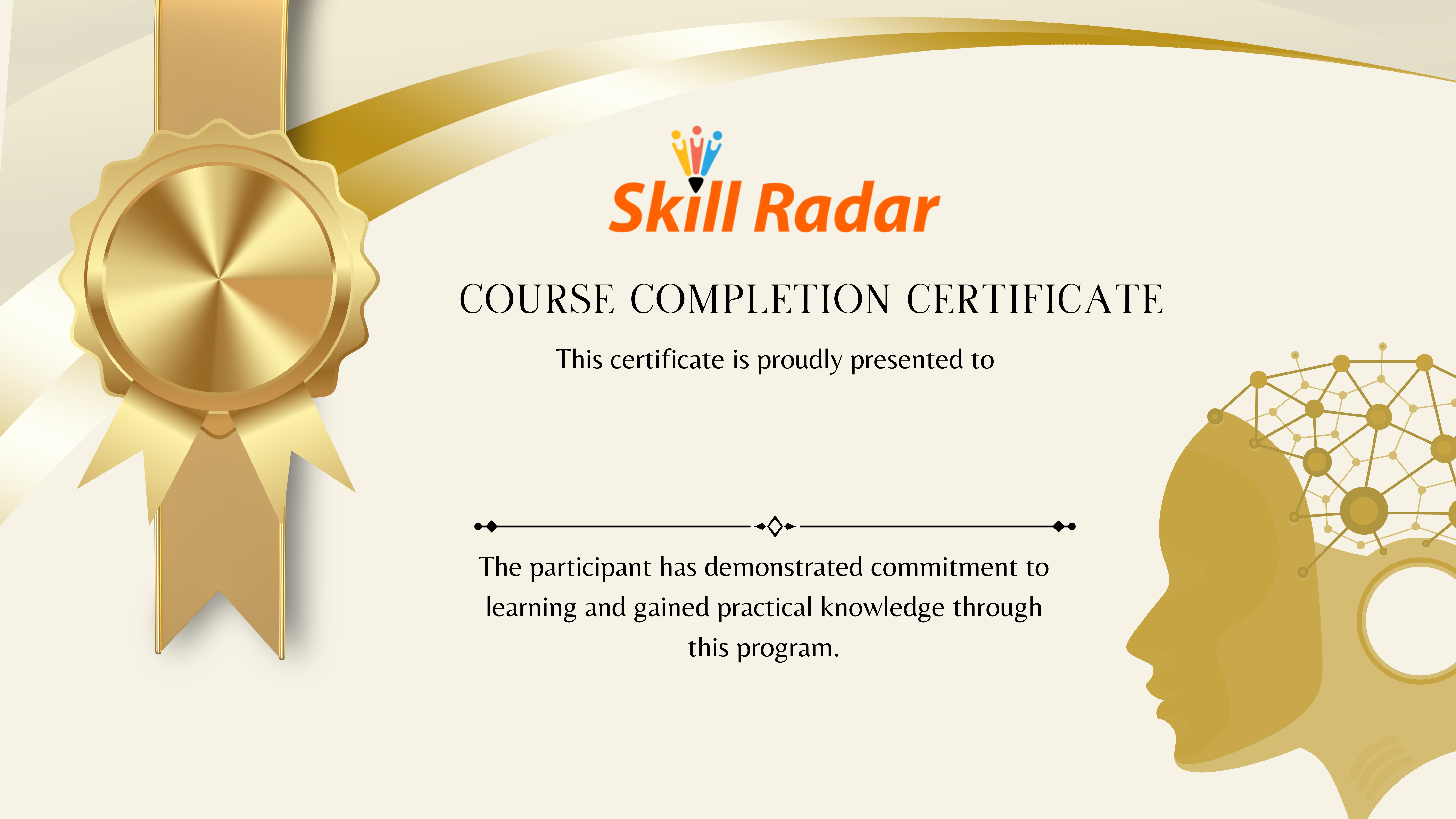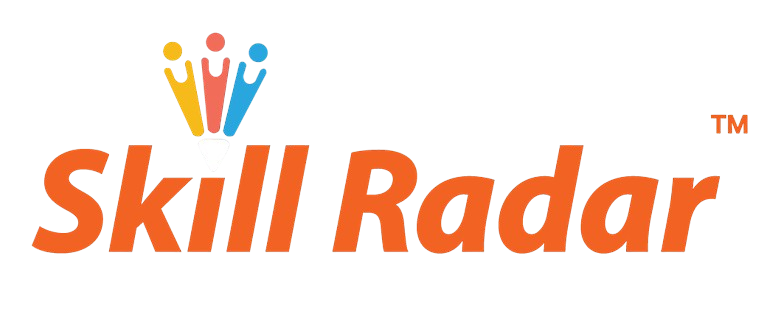Master Fullstack Web Development with Real-World Projects and Expert Mentorship with placement assitance
Company Supported By:

Full-Stack Development course in Coimbatore equips students, freshers, and professionals with industry-ready skills. Learn to build dynamic web applications using HTML, CSS, JavaScript, React, Node.js, Express, MongoDB, and SQL while gaining hands-on experience with front-end, back-end, APIs, Git, and deployment tools. Prepare to launch a successful career as a confident full-stack developer.
Duration
Mode
Brochure
Language
Book a FREE Demo Class!
Our Learners Shine at Top Product Companies!

Our Impact
1.5 Lakh +
5 LPA
7 LPA
40+
Skills You Learn












Learn the Skill Radar Way
Code Everyday
- Practitioner-led Live Classes
- Booster Practice Sessions
- Full Day Doubt Support
Personalized Progress Evaluation
- Weekly Test
- 1:1 Mentorship
- Soft Skill Sessions
Interview Preparation
- Mock Interviews
- Coding Challenges
- Real World Projects
Intensive Placement Assistance
- Profile Building
- Interview Preparation
- Job Referrals
Delivering impactful outcomes through Practical Learning
Comprehensive Curriculum Designed to Make You Job
-Ready in Fullstack Development
Leveraging AI into Projects
Real-world projects explore
Solve 500+ DSA Questions
Course Duration 3 Months

Land Your Dream Role with Our Career Roadmap
Personalized Skill Mapping
Expert Mentor Connect
Smart Portfolio Builder
Real-Time Skill Challenges
Sprint 5
Mock Interview Practice
Boost confidence with Skill Radar’s AI-assisted mock interviews and personalized expert feedback.
Interview Readiness
Master HR rounds, showcase projects confidently, and handle tricky interview questions with ease.
Career Launchpad
Access exclusive opportunities through Skill Radar’s 800+ hiring partners across top industries.
Land Your Dream Role

Industry Experts

Vigneshwaran T CEO & Founder

Swetha Priyadarshini K Human Resources

Sri Vishnu T Digital Marketing

Sivaprasath SS Application Developer
Get Certified

Industry-Recognized Certification
Unlike generic course certificates, Skill Radar certifies your hands-on expertise in full-stack development, making you stand out as industry-ready.

Shareable, Credible, and Professional
Add your certificate to LinkedIn, share it on social media, or attach it to your resume—showcase your credibility everywhere.

Wall of Love


Gowri G
Student


Sruthi Selvam
Student


Prabakaran
Student


Aravindhan C
Student


Andrew Jenitton X
Student


Dharsha M
Student
Frequently Asked Questions
The course runs for 12 weeks, including live classes, assignments, and mentor sessions.
Yes! We provide 1:1 career guidance, mock interviews, and access to 800+ hiring partners.
No, our program is designed for both beginners and experienced learners.
We provide live interactive sessions along with recorded videos for revision.
You can register through our official website by filling out the application form.

